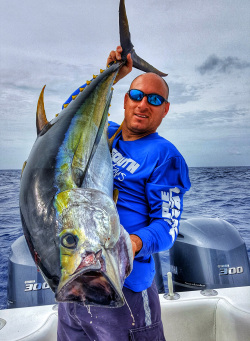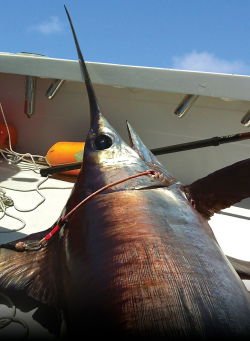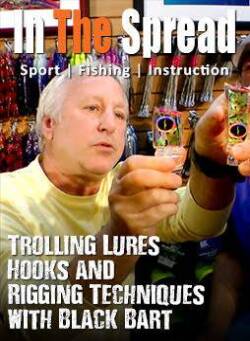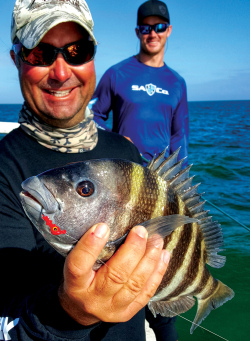Soft plastics rigged on the right jig head create an irresistible presentation for big predatory reef fish. Chris Rushford of Reel Teaser Fishing Adventures shares proven jig fishing techniques and tackle recommendations for reef fishing success. Learn to rig jigs for optimal swimming action and target fish patrolling sandy reef edges where exciting, unpredictable action awaits prepared anglers.
Reef Fishing - Jigging Soft Plastics
(00:26:10)
Watch Full Video
View Short Trailer
Instructor:
Chris Rushford
Description
/
Review
/
Instructor
Key Focus Points:
- Expert techniques for targeting big predatory reef fish using soft plastic lures
- Proper rigging and tackle setup
- Strategic targeting of reef edge habitats
- Preparation for unpredictable fishing
Login
to leave a review.
User Reviews
There are no reviews yet.We Recommend
0




